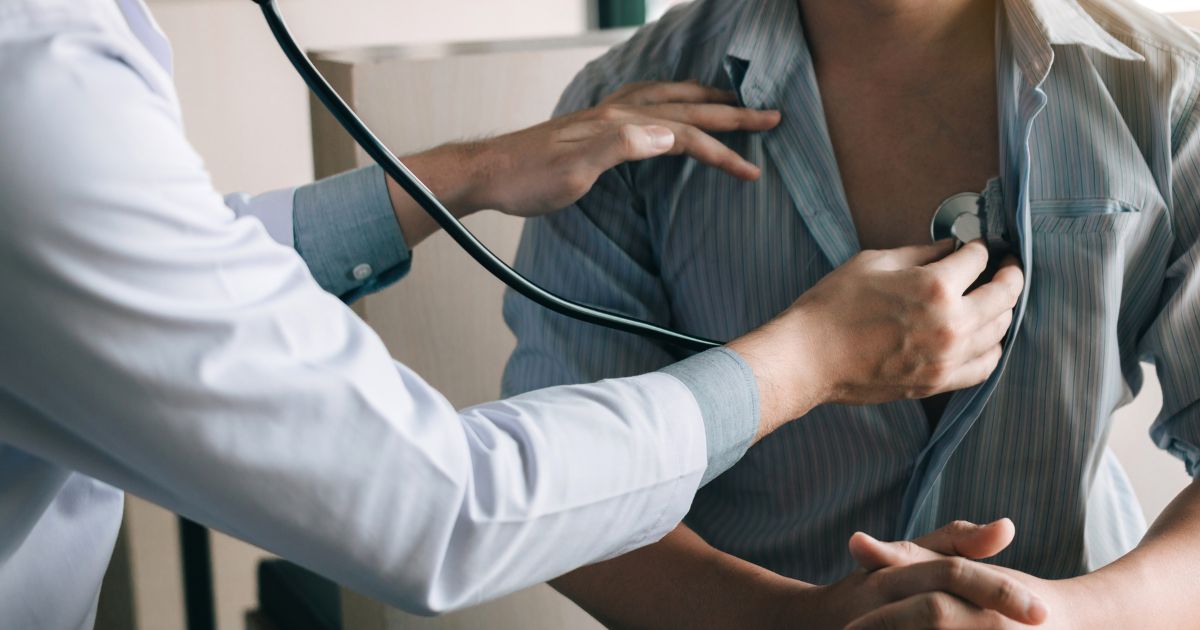Being involved in a car accident can be a traumatic experience, both physically and emotionally. There can be lasting effects, sometimes as unexpected symptoms, days or weeks after the incident. One such symptom that often raises concern is chest pain. Whether immediate or delayed, chest pains following a car accident should never be ignored. What causes them, and what are the best ways to handle these situations?
What Causes Chest Pain After a Car Accident?
Chest pains after a car accident can stem from various causes, some of which may not be immediately obvious. Whiplash occurs when the neck and head are suddenly jerked forward and then backward, causing strain on the muscles and ligaments in the neck and upper back. That sudden movement can also affect the chest area, leading to pain and discomfort. While seat belts are crucial for protecting passengers during a crash, they can also cause injuries, particularly if the impact is severe. Chest pain may result from the force exerted by the seat belt against the chest during a collision, leading to bruising or fractures of the ribs or sternum. Car accidents can also cause internal injuries, like organ damage or internal bleeding, which may not be immediately apparent.
When Should You Seek Medical Attention?
Chest pain could indicate a serious underlying issue that requires immediate medical attention. Here are some signs that indicate you should seek medical attention promptly:
- Persistent pain: If you experience persistent chest pain, especially if it worsens with movement or breathing, seek medical help immediately. This could be a sign of a serious injury, like a fractured rib or internal organ damage.
- Difficulty breathing: Difficulty breathing or shortness of breath following a car accident could indicate a potentially life-threatening condition, such as a collapsed lung or internal bleeding. Do not delay seeking medical attention if you experience any breathing difficulties.
- Other symptoms: Chest pain accompanied by other symptoms, such as dizziness, nausea, or fainting, could indicate a serious medical emergency, such as a heart attack. In such cases, call 911 or go to the nearest emergency room.
How Do Doctors Treat Chest Pain?
Treating patients for chest pain involves identifying the underlying cause and providing appropriate medical intervention. Upon arrival at a medical facility, healthcare providers initiate steps to assess and manage the pain. After an initial assessment, further diagnostic testing and treatment decisions may occur.
Depending on the severity and nature of the chest pain, doctors may order an electrocardiogram (ECG or EKG), chest X-ray, blood tests, echocardiogram, stress test, or cardiac catheterization. Once a diagnosis is established, treatment may involve medical procedures, medications, and rehabilitation.
What Compensation Can I Get for Car Accident Injuries?
Compensation for injuries in a car accident varies depending on factors such as the severity of injuries, medical expenses, and lost wages. There might be reimbursement for medical bills, rehabilitation costs, lost income due to time off work, and property damage. Non-economic damages like pain and suffering, emotional distress, and loss of enjoyment of life may also be awarded.
To determine the exact compensation you can receive, it makes sense to consult with a personal injury attorney who can evaluate your case’s specifics and advocate for your rights.
A Mount Holly Car Accident Lawyer at the Law Office of David S. Rochman Will Help You if You Have a Chest Injury
Chest pain after a car accident can be a red flag for a severe medical condition that requires immediate medical attention. If you are injured in a car accident, address your legal needs and contact an experienced Mount Holly car accident lawyer at the Law Office of David S. Rochman. Call 856-751-2345 or complete our online form to schedule a free consultation. Located in Mount Laurel, New Jersey, we serve clients in Burlington County and the surrounding areas.


